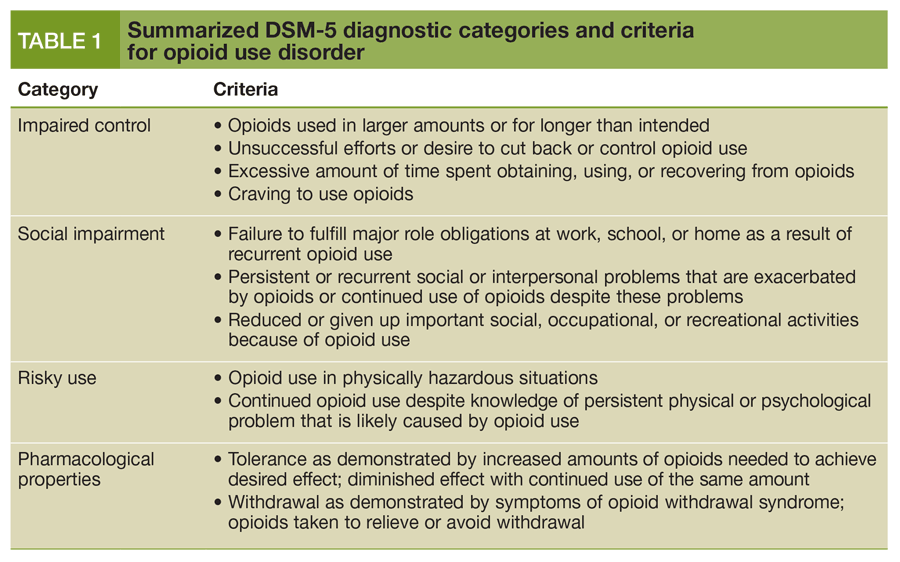

Primarily, cocaine (including crack) and amphetamines have been combined with other stimulants (excluding caffeine) into a single stimulant class based on evidence that they have similar mechanisms of action (increasing synaptic dopamine), symptom profiles, consequences, and prognoses. Not assessing abuse and dependence for other illicit drugs and other forms of tobacco likely leads to a slight underestimate of these disorders at the population level.Ĭhanges from DSM-IV to DSM-5 in the types of substances assessed have been minor, but some reclassification has occurred. However, NSDUH does not assess SUDs for substances listed in the open respondent-provided items (e.g., “bath salts”).

Table 2.1 provides a cross-cutting comparison of diagnostic criteria for both DSM-IV and DSM-5, which is important for framing the discussion of diagnostic changes across versions.Īssessment of use of other drugs not specifically asked about in existing modules is done by using open respondent-provided options in the hallucinogens, inhalants, and all of the prescription drug modules (stimulants, pain relievers, sedatives, tranquilizers). The following section delineates the specific changes from DSM-IV to DSM-5 and evaluates, to the extent possible given the available data, how these changes may affect the measurement of substance use disorders in the National Survey on Drug Use and Health (NSDUH) and the Mental Health Surveillance Study (MHSS). However, changes have occurred at the class level (the specific disorders considered within the overall group of disorders), at the substance level (which substances are considered “drugs of abuse”), at the disorder level (the template of criteria that are applied, with some deviations, across all substances), and at the individual criteria level (the number and types of symptoms needed to meet criteria for a disorder). Although the transition from DSM-IV to DSM-5 involves changes at multiple levels for SUDs, this basic definition remains unchanged. These findings underscore the need for tailored treatment programs for those presenting with DSM-5 CUD, and for greater treatment specification where poly-drug use is evident.Substance use disorders (SUDs), as described in DSM-IV, are part of a class of disorders (substance-related disorders) that are “related to the taking of a drug of abuse (including alcohol)”. Newer-class illicit and prescription stimulant-based drug use disorders are overrepresented among those with DSM-5 CUD. High comorbidity exists between DSM-5 CUD and many specific DSM-5 SUDs. Current DSM-5 CUD is associated with greater lifetime use of all examined drug classes, and previous 12-month use of several newer-class illicit and prescription stimulant-based substances (all p0.05). Weighted cross-tabulations and multivariable logistic regression analyses were used to evaluate comorbidity between current DSM-5 CUD, substance use and DSM-5 SUD. 36,309 adults aged 18+ from wave 3 of the National Epidemiologic Survey on Alcohol and Related Conditions (NESARC-III) were assessed. This study therefore aimed to provide insight into the degree of these co-occurring relationships across several specific newer and older generation illicit and prescription drugs. Cannabis use disorder (CUD) is frequently associated with concurrent substance use and/or comorbid substance use disorders (SUDs) however there is little specificity with regard to commonly abused individual drug types/classes.


 0 kommentar(er)
0 kommentar(er)
